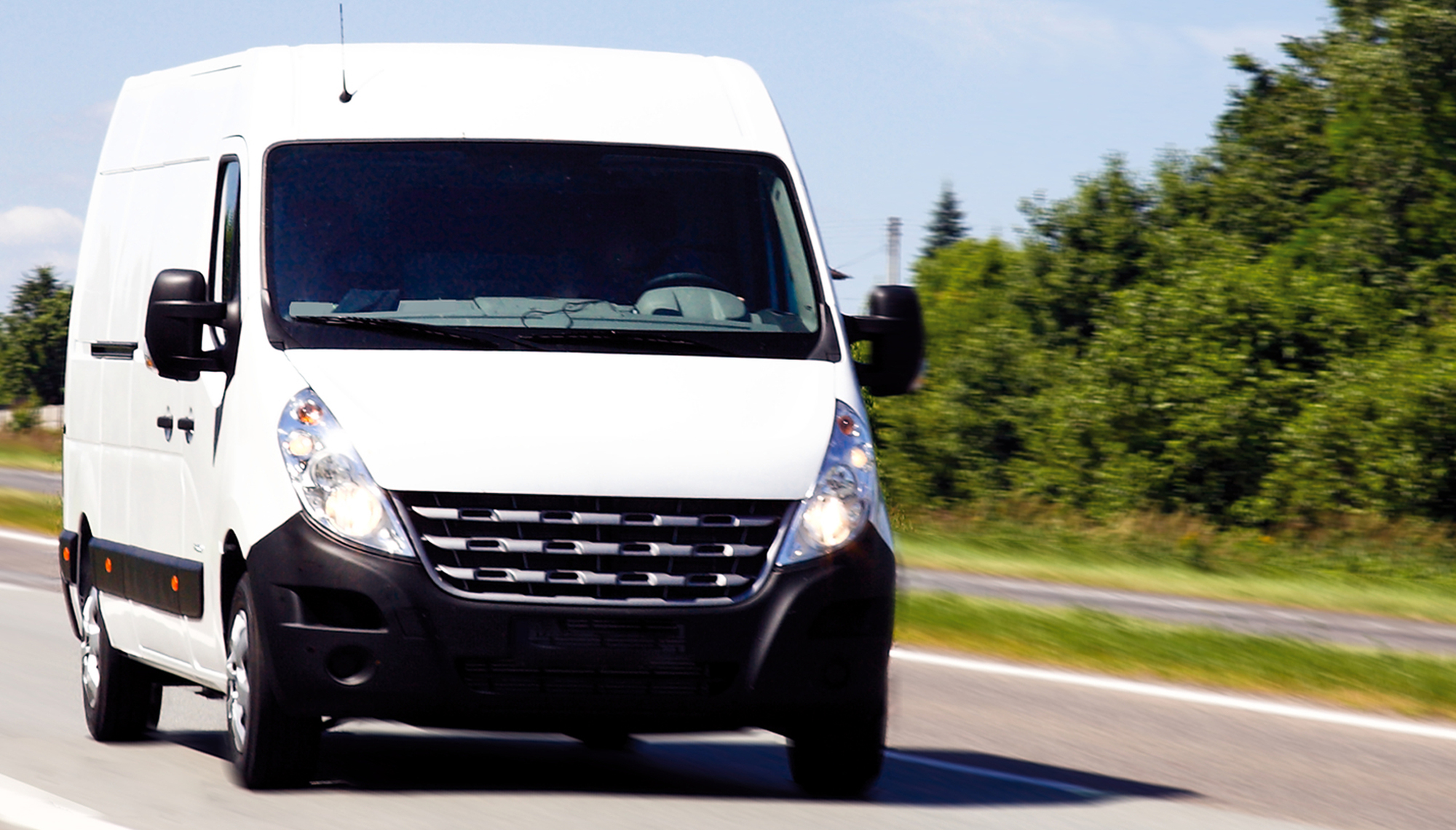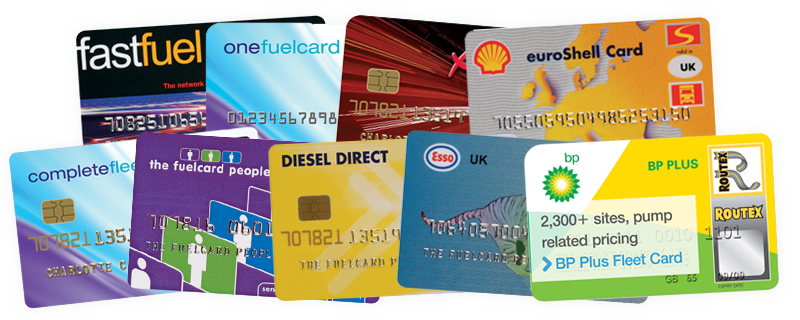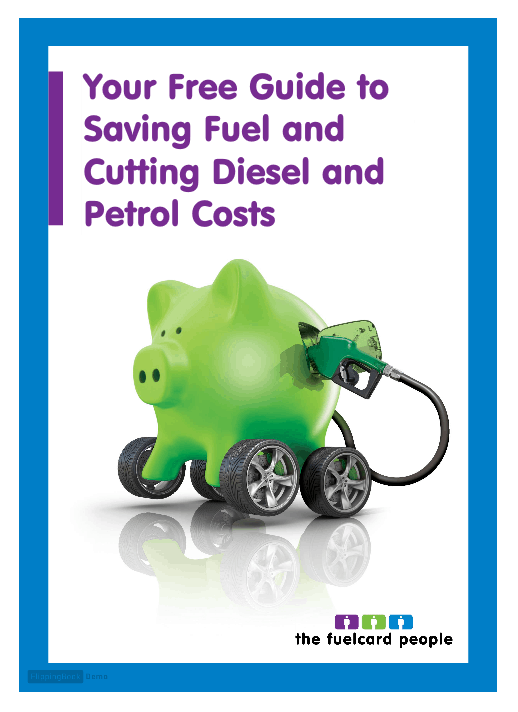Volvo has revealed all on the new XC60 mid-size SUV, which is due to go on sale in the third quarter of 2017.
The original XC60 first entered showrooms almost a decade ago and despite its age, it makes up close to a third of Volvo’s car sales worldwide.
The Swedish brand has come on leaps and bounds in that time and much of the technology developed for the flagship XC90 SUV is finally filtering down to the rest of the range, first with the S90 and its V90 estate equivalent, and now with the XC60.
One of the big benefits of this technology sharing is the fact that the XC60 will be built on the new Scalable Product Architecture (SPA) platform, ensuring a safe and sturdy yet comfortable driving experience.
It will also share the same engines, namely the two-litre D4 and D5 diesels and T5 petrol. Like its XC90 big brother, the XC60 will be offered as a plug-in hybrid with the T8 Twin Engine petrol-electric powertrain before the end of 2017.
The diesel options make for interesting reading amongst business car drivers. The all-wheel drive D4 unit with 187bhp can return 55.4mpg on a combined cycle, emitting 133g/km of CO2 with a Benefit-In-Kind (BIK) rate of 28 per cent for 2017-18. That’s for the entry-level Momentum model; BIK steps up to 29 per cent with the R-Design and range-topping Inscription models.
Meanwhile, the 231bhp D5 engine does well to offer more grunt without wrecking the SUV’s fleet potential, promising 51.4mpg at 144g/km CO2 and a BIK rate of 30 per cent.
As an extra bonus for fleet customers, all XC60s come with Volvo’s City Safety system as standard, which includes an automatic emergency braking function. This slams on the brakes if the car’s exterior sensors detect any pedestrians, cyclists or large animals.
The new XC60 is available to order now with prices starting from £37,205 on-the-road, topping out at £48,405 before extras.
Initial customer deliveries are set to begin late summer.
Ben Robb, brand manager at The Fuelcard People, adds: “The XC60 has proven itself as a very popular SUV in the past and everything about the new model suggests that will continue to be the case for some time.”















